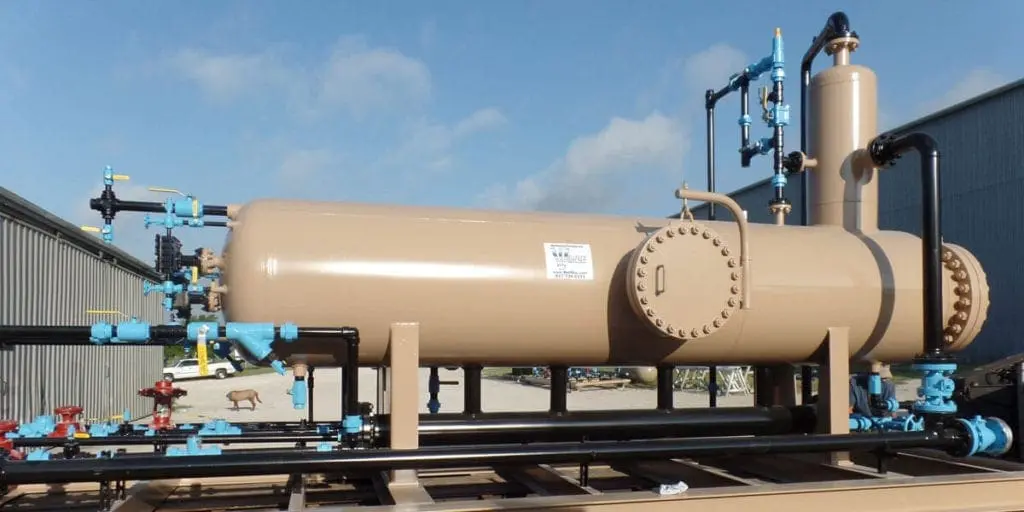
How to Recharge Dry Desiccant in Pressure Vessel Systems
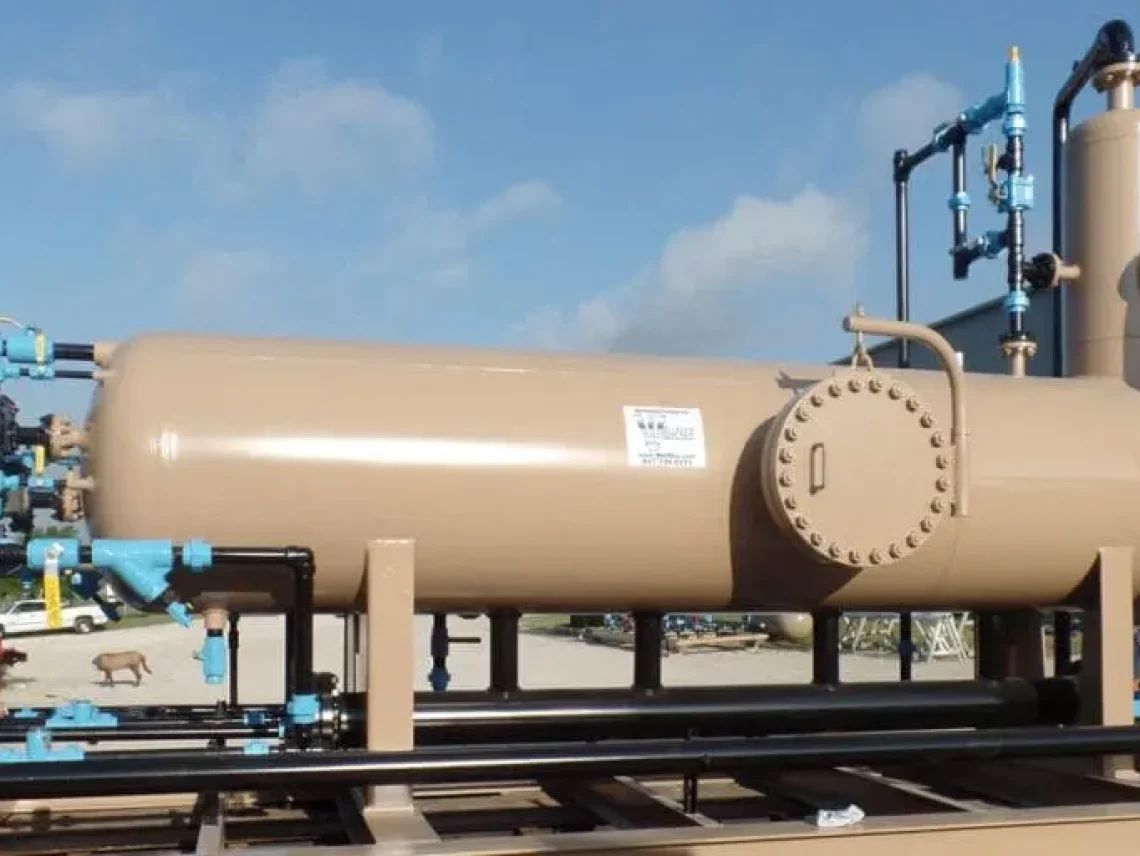
Introduction to Recharging Dry Desiccant
Dry desiccant is an essential material for controlling moisture inside pressure vessels and industrial systems. When properly recharged, dry desiccant restores its moisture‑absorbing capacity, safeguarding equipment from corrosion, product degradation, and inefficiency. This guide will walk you through what dry desiccant is, why recharging it matters, and how to do so step by step with safety and precision.
What Is Dry Desiccant and Why It Matters
Dry desiccants are materials—such as silica gel, molecular sieves, or activated alumina—that absorb moisture from air or gases, ensuring a dry environment inside containment systems. In pressure vessel systems, excess humidity can lead to material corrosion, reduced lifespan of components, and compromised performance. Maintaining the effectiveness of the dry desiccant keeps systems reliable, safe, and efficient.
Types of Industrial Dry Desiccants
Silica gel – common, cost‑effective, moderate regeneration temperature.
Molecular sieves – ideal for lower dew points and higher thermal stability.
Clay and activated alumina – more economical in mild conditions or where thermal stress is lower.
You can learn more about the different desiccant materials in the article on Desiccant Materials for Industrial Dryers which compares silica gel and molecular sieve. Also see our guide on heatless desiccant dryers to understand how desiccant type influences dryer choice.
Signs That Dry Desiccant Needs Recharging
Discoloration or indicating beads changing color
Dew point rising or moisture removal becoming less effective
Physical clumping, hardening, or a soggy feel
For more on desiccant lifespan and identifying bad desiccant, see What’s Desiccant? Key Indicators & Lifespan.
Effects of Exhausted Dry Desiccant
When dry desiccant is no longer effective the consequences include:
Corrosion inside vessel materials
Reduced operational efficiency
Risk of product spoilage or damage
Increased maintenance costs
Preparing for Recharging
Safety Considerations
Make sure the vessel is depressurized and cooled before opening
Use appropriate PPE (gloves, goggles)
Avoid ignition sources if desiccants are flammable or reactive
Tools and Materials Needed
Regeneration oven or chamber capable of correct temperature settings
Thermometer or dew point/humidity sensor
Replacement or supplement dry desiccant material if needed
Step‑by‑Step Recharging Procedure for Dry Desiccant
Carefully remove the desiccant from the vessel or dryer.
Inspect it, discard if contaminated.
Heat (regenerate) at recommended temperature (e.g. silica gel ~120‑150 °C, molecular sieve higher).
Maintain regeneration until moisture is expelled (monitor via weight loss or color change).
Cool in a dry, clean atmosphere so it does not reabsorb moisture.
Reinstall and test system performance (dew point, humidity).
External Research Supporting Best Practices
For regeneration efficiency and how regeneration temperature and air flow impact adsorption, see this ScienceDirect article on solid desiccant dehumidification
On comparative studies of desiccant systems and regeneration methods see another ScienceDirect review of solid desiccant systems
Keep Your Dry Desiccant Working Strong
Recharging dry desiccant properly is key to maintaining moisture control, system safety, and operational efficiency in pressure vessels. By choosing the right desiccant type, recognizing when it’s exhausted, following safe regeneration procedures, and validating performance, you ensure the system continues to protect your equipment and products.
Partner with Experts to Safeguard Your Systems
Contact Red River today to schedule a consultation or receive a custom solution for your pressure vessel moisture control needs. Let us help you select desiccant types, set up regeneration cycles, and optimize performance so you can avoid costly downtime.
Frequently Asked Questions
How often should I recharge dry desiccant in a pressure vessel system?
This depends on type of desiccant, environmental moisture, and how critical the application is. Typically every 3‑6 months. More frequent checks are needed if you see decreased moisture control.
What are the risks of not recharging dry desiccant?
Failing to recharge can cause corrosion, increased humidity, loss of product quality, equipment damage, system inefficiency, and higher maintenance or replacement costs.
Can all desiccants be regenerated (recharged)?
Many can (like silica gel, molecular sieves, some activated alumina). But some materials degrade with every cycle or are contaminated beyond cleaning, meaning replacement is better.
How can I tell when recharging has been effective?
Look for return to original color (if indicating type), dryness (no clumping), weight returns near original, and stable low dew point in system.
What regeneration temperature do different dry desiccants need?
Silica gel typically regenerates around 120‑150 °C, molecular sieve may need 200‑250 °C, activated alumina somewhere in between. Always follow manufacturer specs.
Is replacing dry desiccant ever better than recharging?
Yes — when desiccant is damaged, heavily contaminated, or regeneration no longer returns adequate performance. Then replacement can be more cost‑effective in the long run.
Key Takeaways
Dry desiccant restores moisture control when properly recharged
Choose the correct desiccant type for your temperature and dew point needs
Watch for exhaustion signs like color change, clumping, rising dew point
Use safe, correct regeneration process including heating and cooling
Validate performance after recharging
Related Blog Post
- How do you size a desiccant dryer?
- Can you oversize a desiccant dryer?
- How low can desiccant get humidity?
- What temperature does desiccant dry at?
- How long does a desiccant air dryer last?
- What is an advantage of desiccant air dryers?
- Is a desiccant dryer the same as a dehumidifier?
- Is a desiccant dryer better than a refrigerant dryer?
- How often should you change desiccant air dryer?
- What are the most common desiccant materials used in Driers?
- What is a typical pressure dewpoint from a heatless desiccant dryer?
Solutions
In the realm of industrial solutions, Red River emerges as a pioneer, offering a diverse range of custom-engineered products and facilities. Among our specialties is the design and production of Custom/OEM Pressure Vessels, meticulously crafted to meet individual client requirements, ensuring performance under various pressure conditions. Our expertise extends to the domain of prefabrication, where Red River leads with distinction.
The company excels in creating prefabricated facilities, modules, and packages, reinforcing its stance as a forerunner in innovation and quality. This proficiency is further mirrored in their Modular Skids offering, where they provide an array of Modular Fabricated Skid Packages and Packaged equipment. Each piece is tailored to client specifications, underlining their commitment to delivering precision and excellence in every project they undertake.
Related Blog Post

Understanding Different Types of Failure in Pressure Vessels
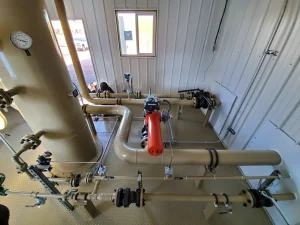
The Most Common Type of Pressure Vessel Used in Industry
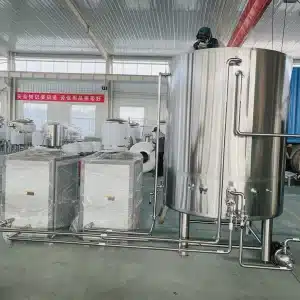
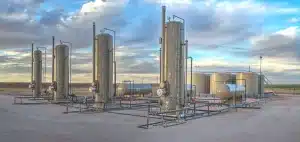
Understanding Adsorption Air Dryers
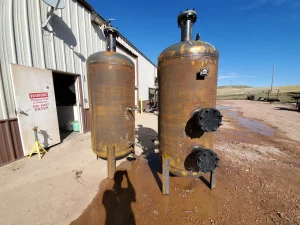
Types of Failure in Pressure Vessels
No pillar keyword set for this post.
